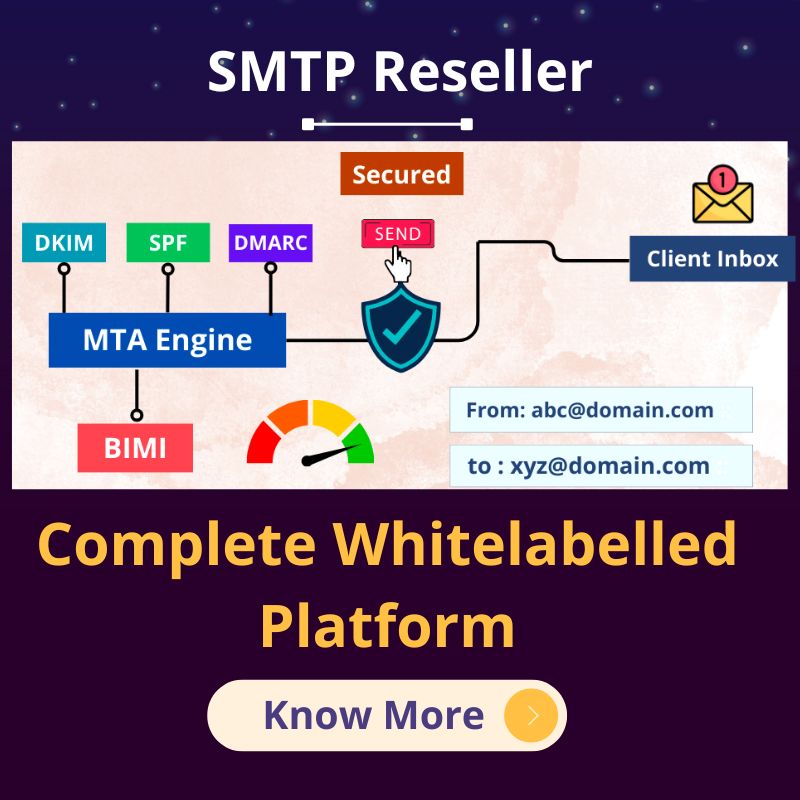[:en]
Here are five pro tips for email testing
Keep it simple
Test basic elements first: subject lines, “from” names, and email copy. It doesn’t take too much time or creative work to come up with a few simple tests.
Standardize email send times
When running any A/B test, be sure to normalize your send times. Even a 30-minute difference can drastically change the results of your test. Do your best to send emails together at the optimal send time for your subscribers.
Choose your sample sizes wisely
If your sample size is too small, you may be calling a winner without actually having one. As a good rule of thumb, make sure that you have at least 1,000 observations for any test. For instance, if you’re running a subject line test, you need at least 1,000 opens per email to see statistical significance. If you can’t find significance, you should run the test again and aggregate the data.
Test one element at a time
It’s tempting to want to test more than one variable at a time because you’d assume the more you test at once, the bigger the impact you can make and the faster you can make improvements. But the challenge is that you wouldn’t know the individual improvements or decline in each variable. Test one variable at a time, measure the results and roll out the winners into your new emails over time.
Listen to your test results
You’ll see testing results that make no sense. You won’t want to believe your eyes. But email marketing isn’t a cupcake competition. The best, most engaging email might not be the prettiest or your favorite. Trust the data and your email results will be stellar![:gb]
Here are five pro tips for email testing
Keep it simple
Test basic elements first: subject lines, “from” names, and email copy. It doesn’t take too much time or creative work to come up with a few simple tests.
Standardize email send times
When running any A/B test, be sure to normalize your send times. Even a 30-minute difference can drastically change the results of your test. Do your best to send emails together at the optimal send time for your subscribers.
Choose your sample sizes wisely
If your sample size is too small, you may be calling a winner without actually having one. As a good rule of thumb, make sure that you have at least 1,000 observations for any test. For instance, if you’re running a subject line test, you need at least 1,000 opens per email to see statistical significance. If you can’t find significance, you should run the test again and aggregate the data.
Test one element at a time
It’s tempting to want to test more than one variable at a time because you’d assume the more you test at once, the bigger the impact you can make and the faster you can make improvements. But the challenge is that you wouldn’t know the individual improvements or decline in each variable. Test one variable at a time, measure the results and roll out the winners into your new emails over time.
Listen to your test results
You’ll see testing results that make no sense. You won’t want to believe your eyes. But email marketing isn’t a cupcake competition. The best, most engaging email might not be the prettiest or your favorite. Trust the data and your email results will be stellar![:au]
Here are five pro tips for email testing
Keep it simple
Test basic elements first: subject lines, “from” names, and email copy. It doesn’t take too much time or creative work to come up with a few simple tests.
Standardize email send times
When running any A/B test, be sure to normalize your send times. Even a 30-minute difference can drastically change the results of your test. Do your best to send emails together at the optimal send time for your subscribers.
Choose your sample sizes wisely
If your sample size is too small, you may be calling a winner without actually having one. As a good rule of thumb, make sure that you have at least 1,000 observations for any test. For instance, if you’re running a subject line test, you need at least 1,000 opens per email to see statistical significance. If you can’t find significance, you should run the test again and aggregate the data.
Test one element at a time
It’s tempting to want to test more than one variable at a time because you’d assume the more you test at once, the bigger the impact you can make and the faster you can make improvements. But the challenge is that you wouldn’t know the individual improvements or decline in each variable. Test one variable at a time, measure the results and roll out the winners into your new emails over time.
Listen to your test results
You’ll see testing results that make no sense. You won’t want to believe your eyes. But email marketing isn’t a cupcake competition. The best, most engaging email might not be the prettiest or your favorite. Trust the data and your email results will be stellar![:in]
Here are five pro tips for email testing
Keep it simple
Test basic elements first: subject lines, “from” names, and email copy. It doesn’t take too much time or creative work to come up with a few simple tests.
Standardize email send times
When running any A/B test, be sure to normalize your send times. Even a 30-minute difference can drastically change the results of your test. Do your best to send emails together at the optimal send time for your subscribers.
Choose your sample sizes wisely
If your sample size is too small, you may be calling a winner without actually having one. As a good rule of thumb, make sure that you have at least 1,000 observations for any test. For instance, if you’re running a subject line test, you need at least 1,000 opens per email to see statistical significance. If you can’t find significance, you should run the test again and aggregate the data.
Test one element at a time
It’s tempting to want to test more than one variable at a time because you’d assume the more you test at once, the bigger the impact you can make and the faster you can make improvements. But the challenge is that you wouldn’t know the individual improvements or decline in each variable. Test one variable at a time, measure the results and roll out the winners into your new emails over time.
Listen to your test results
You’ll see testing results that make no sense. You won’t want to believe your eyes. But email marketing isn’t a cupcake competition. The best, most engaging email might not be the prettiest or your favorite. Trust the data and your email results will be stellar![:]



